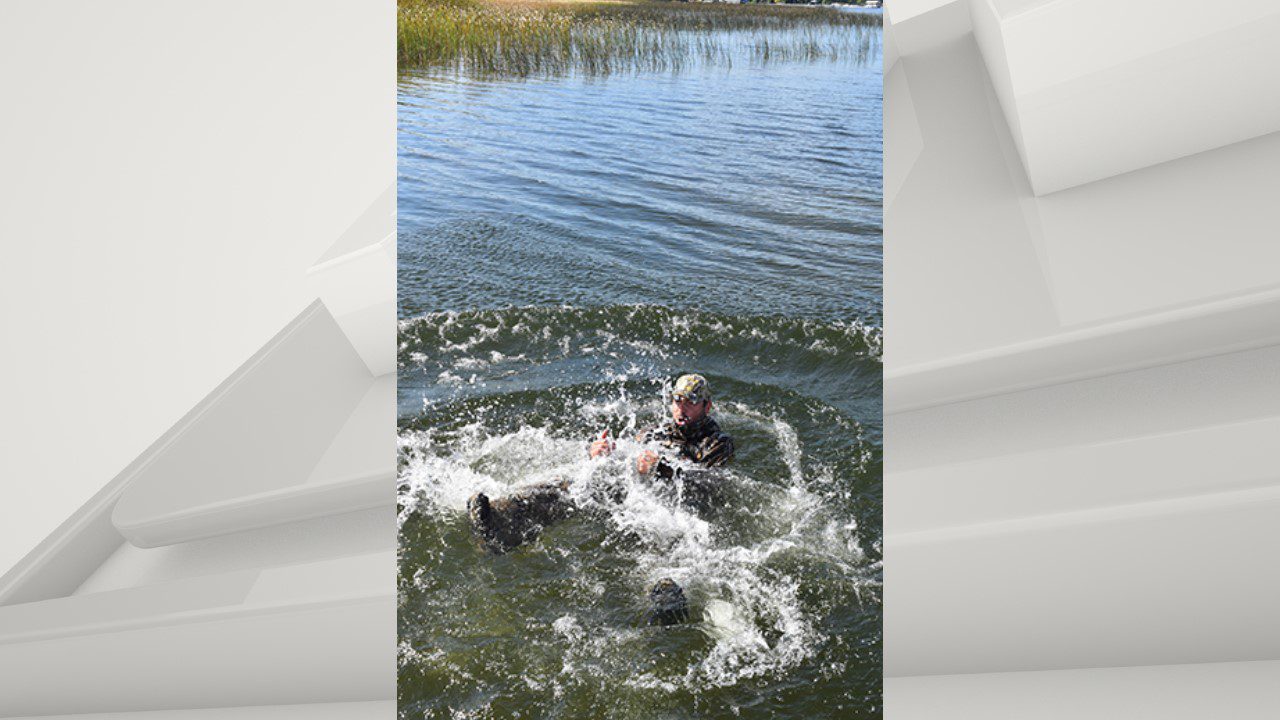DNR shares safety advice for around cold waters

(Minnesota DNR)
Slowly but surely, ice is melting off our lakes and that calls for safety reminders around open water. This time of year, lakes and rivers have pretty cold temperatures. That cold water is dangerous, and unexpected falls can quickly turn tragic.
The Minnesota Department of Natural Resources (DNR) says about 30% of fatal boating accidents every year happen during the cold-water period, and many involve victims who weren’t wearing a life jacket. They say the most effective way to survive a fall into cold water is to wear a life jacket, and make sure that jacket is buckled or zipped.
“So many of us wait impatiently all winter to get back on the water,” said Lt. Adam Block, boating law administrator for the DNR Enforcement Division. “It can be easy to let your guard down because you’re so excited, but the reality is failing to double down on safety this time of year can have disastrous consequences.”
The DNR suggests you wear a foam-filled life jacket, because inflatable life jackets might not fully inflate when the water is cold. Anyone on the ice is advised to wear a foam life jacket or a float coat, and carry ice picks.
Anyone on the water should ensure their watercraft is registered and equipped with the proper safety gear, and that all the equipment is functioning properly. People in the boat, canoe, or kayak should also distribute weight evenly, and abide by the manufacturers’ weight limits to reduce the likelihood of falling overboard.
It’s also a good idea to have some means of communication, and ensure it’s working before you go out. Telling someone where you’re going and when you plan to return is another safety step, in case your communication device stops working.
The DNR has more cold water safety advice on their website.